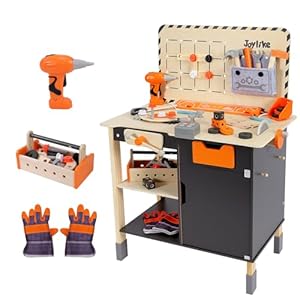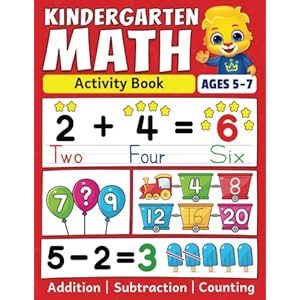
With our large caseloads, grouping scholar is commonly a necessary a part of the job of a associated service supplier. As a school-based occupational therapist, I see many college students in lots of buildings. Generally my college students can’t be seen 1:1. Equally, some college students IEPs are written in such a approach that they must be seen in a small group! There are various advantages to grouping as effectively. It encourages peer modeling and social abilities! Regardless of the purpose, we should be considerate about how we group our college students. Not all college students will pair effectively collectively, and we don’t need an unproductive session. Under are some ideas for the best way to finest be grouping college students.
Scheduling
Ask your self: What college students can be found on the identical time? For me, this seems to be like making an attempt to group college students by grade degree. College students in the identical classroom are almost certainly to be obtainable on the identical time. Nonetheless, this isn’t alway the case! My district makes use of an MTSS mannequin the place college students could fluctuate out and in of tiered intervention [something I cannot pull from]. Because of this, getting a grasp schedule for the constructing is crucial! Take a look at my blog on prepping for back to school for some extra details about scheduling!
College students in self-contained school rooms can also be obtainable at related occasions. I usually see these college students inside their classroom settings [push-in model]. It cuts down on transitions, and I can collaborate with or mannequin for employees extra simply. This improves carryover. I typically schedule month-to-month cooking or craft teams in these school rooms as effectively! Even when college students get particular person periods, I typically add on this “further help”. I discover working with the entire classroom [even students not on the OT caseload] advantages the whole class [including staff!].
Purpose Areas
We additionally need to contemplate aim areas once we are grouping college students. When you have a scholar who’s engaged on a ability that no different scholar in your caseload is engaged on, it is going to be exhausting to focus on in a bunch session. If one scholar is engaged on ADLs like hand washing or toothbrushing whereas the opposite scholar is engaged on keyboarding, they seemingly aren’t an acceptable pairing.
Talking of ADLs… I usually don’t group college students who’re engaged on these private care abilities. Because of the private and extra non-public nature of those abilities, I discover it extra acceptable to work with the coed 1:1. I’ve a scholar who’s engaged on clothes administration within the restroom to extend independence. I’d not group this scholar [even though he has other goal areas too!]. Since IEPs at my district specify if a scholar is seen as a bunch or particular person, I’ve to be constant in how I see the coed. I might “cut up” their time and be aware that as two companies of their IEP. Nonetheless, I usually stick to 1 or the opposite. Even targets like clothes fasteners [ex: buttons, snaps, zippers, shoe tying] will be simpler to work on 1:1 as in comparison with a bunch. I like to ensure the ability generalizes, so we are sometimes snapping or zipping pants, and so on. I favor to see these college students outdoors of a bunch.
Independence Ranges
One other contemplating when grouping college students is their independence degree. Some college students could merely require extra help [physical or otherwise]. That’s okay! They simply is probably not group-able with different larger wants college students [or at all!]. If a scholar is ready to be “arrange” with an exercise just like the visual recipe above, and proceed with out 1:1 consideration from the therapist for the whole exercise, they could work effectively in a bunch!
College students with excessive ranges of impulsivity or restricted security consciousness is probably not simply grouped. For instance, if I’m doing a cooking group, I’ve to be very considerate of (a) which college students are by which group and (b) if I want extra adults within the group for it to achieve success. If you wish to attempt a visible recipe at no cost, take a look at this FREE PB&J Visual Recipe!
In case you are scuffling with becoming all of your college students within the schedule whereas sustaining acceptable groupings, contemplate the next:
- Am I on a 3:1 schedule? Does a 4 week schedule enable for extra flexibility in groupings?
- Are there paras obtainable to be an additional set of fingers throughout my periods?
- Can I see college students in a bunch within the classroom with further grownup help?
- How can college students with decrease minutes alternate weeks with different college students fairly than being grouped?

Need to be taught extra about scholar groupings or dive into facilities within the classroom?

https://courses.simplyspecialed.com/centers-waitlistClick on right here to affix the Simple Centers System waitlist to be taught every little thing about launching easy facilities in your self-contained classroom that prevent time, release employees members, and improve scholar studying!

Trending Merchandise
















